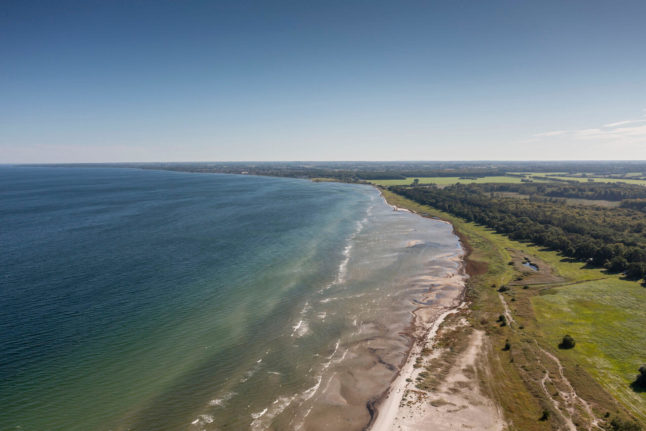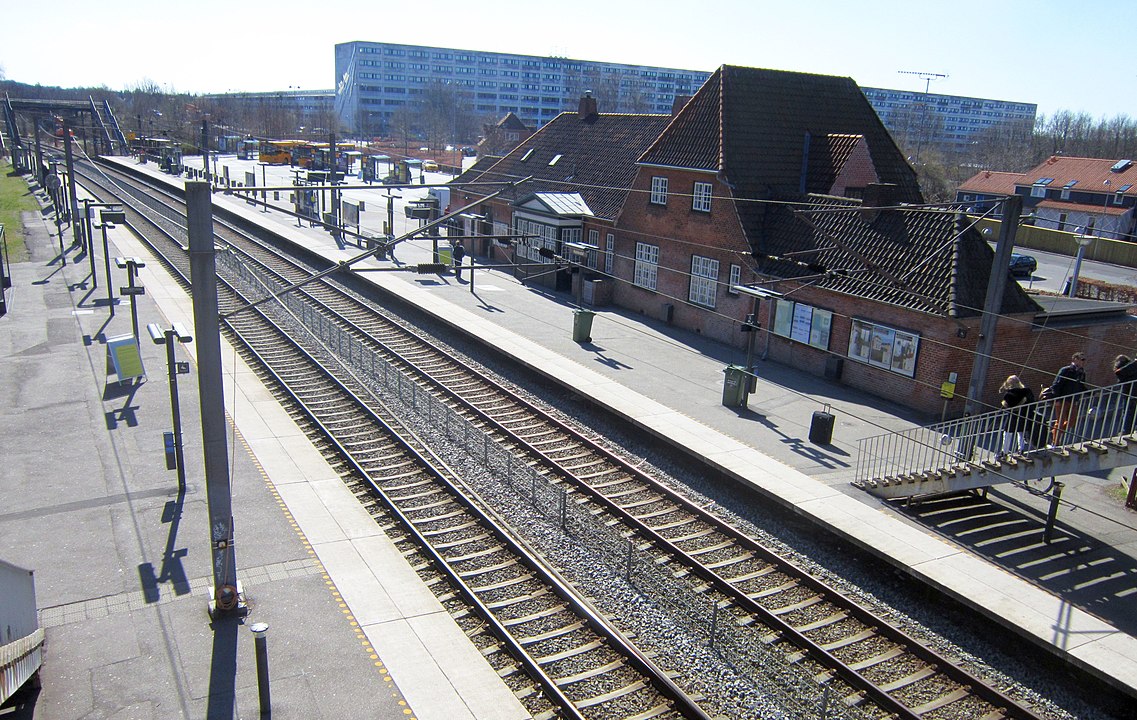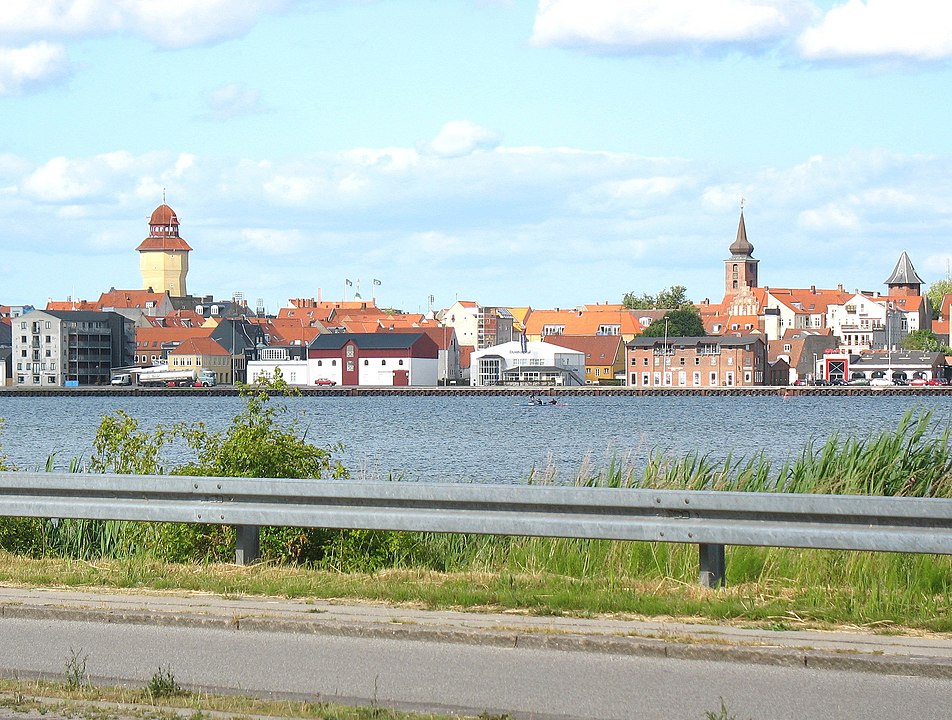Although house invitations have been a little sparser, that’s probably the more reason to make the most of them when the opportunity comes along.
Besides, once Denmark (and everywhere else) gets to the other side of the Covid-19 pandemic, it will feel nice to be as considerate as possible on the many social occasions that will hopefully come our way.
Here are few small ways you can make a good impression as a Danish house guest.
Get there on time
Whether it’s a birthday celebration, konfirmation, Easter lunch, family get together or university reunion, Danes tend to arrive punctually. This is not the case in all cultures, so it’s worth aiming for the exact time you’ve been told the occasion starts, rather than interpreting too much leeway.
If you arrive ten minutes too early or too late you should be fine, but anything more than that will probably need some degree of declaring undskyld (sorry) to smooth over any awkwardness.
Bring a gift?
This one doesn’t apply to all occasions, but if it’s a birthday, for example, you should bring a present – just showing up is not considered a gift in and of itself.
The present doesn’t have to be expensive or a huge gesture – feel free to judge this on the nature of your relationship to the person who is being celebrated. But by bringing a gift – no matter how token – you are effectively thanking them for inviting you.
If you’re going to a more general gathering that is not a celebration of a particular person, you don’t need to worry so much about a present.
Eye contact
When glasses are raised and it’s time to say skål (cheers), do your best to look into everyone’s eyes, one person at a time. Making eye contact when toasting is an important way to be polite and show engagement with the situation.
Thank them for the food
The phrase tak for mad (literally, ‘thanks for the food’) is ubiquitous at the end of all Danish mealtimes, whether mundane or celebratory. But if you’re a guest at someone’s house for the first time, thanking them for the food is essential if you want to come across as thoughtful and polite.
Make sure you wait until everyone has completely finished eating before you say thanks. If you say it too soon, and people are still drinking their coffee or finishing their cake, it might seem like you’re in a hurry to get away. If you say tak for mad at the beginning of the meal, everyone will just think you’re a bit strange (I did this once having been brought up to say thanks as soon as food is served). Saying tak for mad is only appropriate once everyone is finished and about to leave the table.
If this seems like a tricky etiquette to follow, don’t worry – everyone is going to say tak for mad at some point, so you can just wait until someone else sets off the chorus and then join in.
Offer to help with the dishes
Danish culture is quite egalitarian and there’s no harm in asking the host if you can help with the dishes or where you should take your plates once the meal is done.
You might notice other guests take their dirty crockery and silverware out to the kitchen with them as they leave the table – if so, feel free to follow their example.
Although your offer to help with the dishes will likely be turned down, it will probably be appreciated and you certainly won’t be imposing.
Did you find these tips useful? Did we miss any? Are there any similar topics you’d like to hear about? Let us know.
READ ALSO: Here’s what I learned after two years living like a Dane






 Please whitelist us to continue reading.
Please whitelist us to continue reading.
Member comments